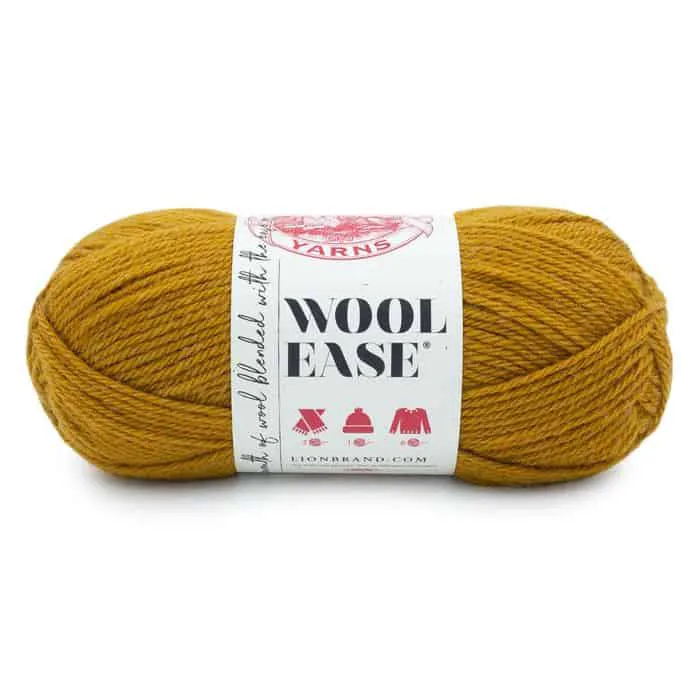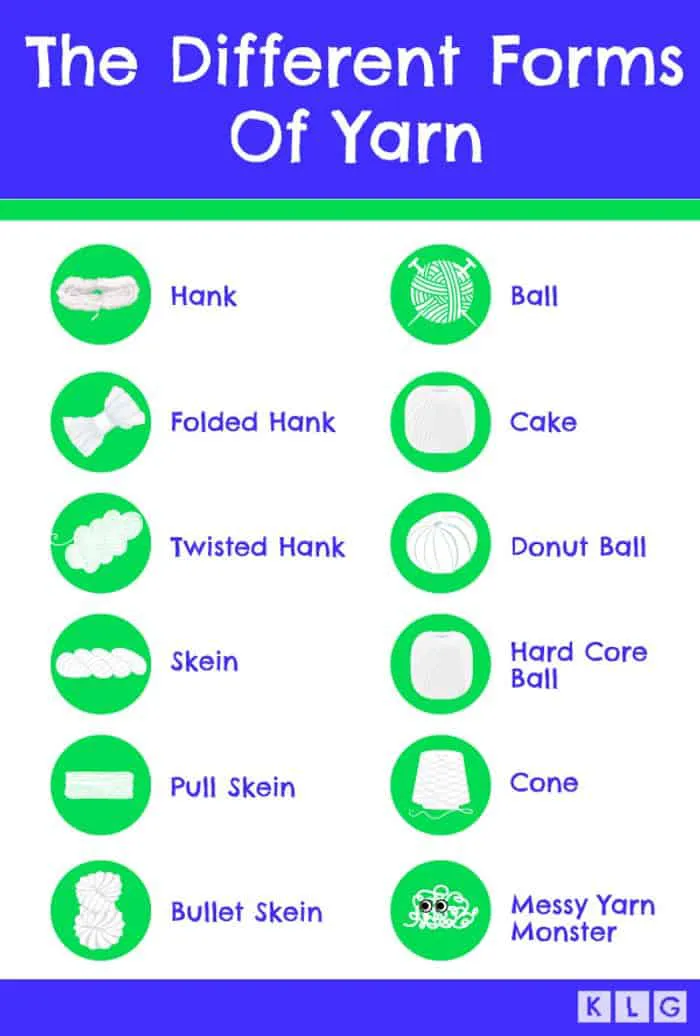Best Yarn for Knitting Blankets: Soft, Warm, and Durable Options
Find the Perfect Yarn for Your Next Cozy Blanket Project
Find the Perfect Yarn for Your Next Cozy Blanket Project
What Makes The Best Yarn To Start Knitting With
Here are some key decision-making factors to consider when choosing the best brand of yarn for knitting.
What Kind Of Care Does It Need?
Can you put your knitted project in the washing machine? Can it be placed in the dryer? Some animal fiber yarns are only washed by hand.
I don’t mind handwashing my knitted socks because they’re small. Washing a sweater or blanket by hand is sort of time-consuming, but it’ll last longer.
Superwash Merino is excellent for washing your garment in a washing machine. However, wool roving, (used in chunky yarn for arm knitting) usually needs handwashing. When in doubt, read the yarn labels.
What’s It Made Out Of?
Animal fibers are wool and fur from sheep, alpacas, mohair, cashmere, angora, and goats. (A popular one is merino wool yarn, a rare one is vicuña wool.) These fibers have more resilience and elasticity.
Plant fibers such as cotton, hemp, linen, and bamboo are suitable for lightweight garments. However, not all plant-based natural fibers are moisture wicking, and some don’t hold their shape well. Man-made fibers (synthetic fibers) are soft and come in many variants. Test how it feels in your hands.
How Much Yardage?
The knitting or crochet project determines the yardage, and a bigger project takes more yarn. Get the right amount of yardage before you start.
What Yarn Weight Is Best?
#4 worsted are excellent yarn weights for beginners. Other weight categories are too fiddly (like super fine yarn/crochet thread) lace or cumbersome (like super bulky yarn). Want something different? Use sport weight.
What’s Your Budget?
Best Oversized Yarns For Knitting A Chunky Blanket
A chunky blanket can quickly become a source of memories and can stay in a household for generations. Using a chunky blanket is my favorite way to keep warm in my home.
So, what are the best yarns for chunky blankets? The best yarn for chunky blankets is merino wool yarn. This natural fiber is soft, bouncy, and ideal for a warm and cozy blanket. For vegans, chenille yarn is the best alternative to merino wool. Acrylic yarn is a great budget yarn for chunky blankets.
Keep reading to learn which yarn is the best for chunky blankets.
Making the first chain
Now it’s time to start making the loops for the first chain of your blanket. Holding the yarn, make a loop about 8 inches from the end.
Take the loop and place it over your 4 fingers, then loop the yarn over your fingers again, pulling it through the first loop you made. You’ve created a loose slip knot.
Continue doing this until you have a long chain of loops. These loops will be the foundation for your blanket. I made a chain of 24 stitches / loops with this yarn for my 4 foot wide blanket.
Tip: use your fingers for gauge!
To keep your loops a consistent size, use your fingers to help. For the first chain row and the last cast-off row, use your four fingers and tighten each loop around them. For the next rows, use only 3 fingers and tighten each loop around them.
Working the blanket
Once you have your loops, it’s time to start working your blanket. Flip your chain so that its tail is on the left hand side. Take the final loop you made and pull some more of the working yarn through it, creating a new loop. This is the first stitch of your next row. If you’d like, place three fingers through the loop and tighten the working yarn gently around your fingers. You can do this with each loop so that they’re a consistent size.
Then, put your fingers through the next chain over on the row below, and pull another loop of the working yarn through that. Repeat this process until you’ve finished creating new loops for your next row across the entire chain. For this blanket, that’s 24 loops. Congratulations – you’re hand-knitting!
Once you’re finished your first row, repeat this process going the opposite direction to create your second row. Continue in this manner going back and forth creating new loops until you only have about 6 inches of yarn left on your skein.



Tegs:
Search
Recent Posts
-
Find the Perfect Stabilizer for Your T-Shirt Embroidery Projects
Apr 14 2025
-
Sew Leather Like a Pro: The Best Sewing Machines for Leatherwork
Apr 14 2025
-
Find the Perfect Hair Care Routine: Best Shampoo and Conditioner for Weave
Apr 14 2025
-
Achieve Precision: Choosing the Right Dremel Bit for Wood Carving
Apr 14 2025
Subscribe to Updates
Get the latest posts and fashion insights directly in your inbox.